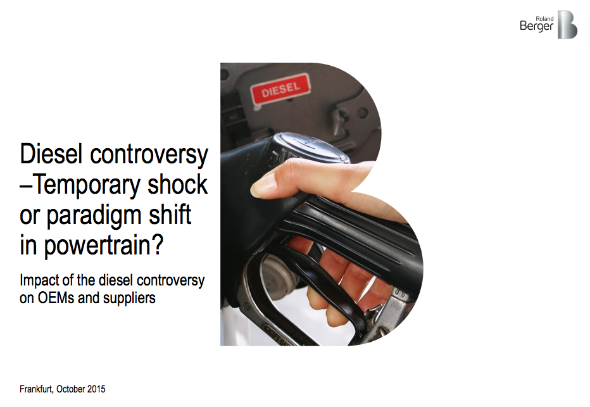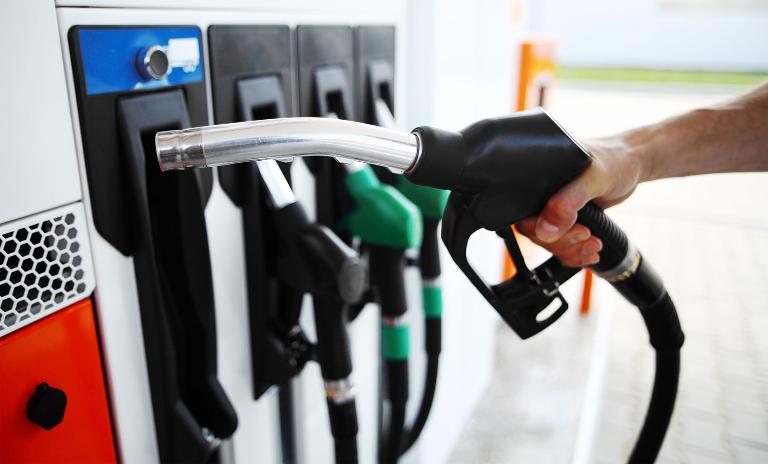Diesel controversy
![{[downloads[language].preview]}](https://www.rolandberger.com/publications/publication_image/diesel_controversy_download_preview.png)
Temporary shock or paradigm shift in powertrain: the impact of the diesel controversy on OEMs and suppliers


Whereas in the rest of the world diesel powertrains represent only a fraction of all new sales, the figures currently stand at just over 50% in the European passenger car market—a number matched internationally only by India.
Diesel, however, will be essential in meeting European Union 2020/21 CO2 vehicle emission targets, and European OEMs are utilizing the fuel-efficient diesel powertrain as a key lever to reduce corporate fleet emissions.
Current debates surrounding diesel are driving new innovations in combustion and after-treatment, as well as enforcing test cycle implementation aimed to reflect Real Driving Emissions (RDE). This means that diesel will become cleaner, but also more expensive. In this publication, we take a look at what this will mean for the diesel powertrain between now and 2030.
"For OEMs, it’s time to further accelerate alternative powertrain solutions and tackle the challenge of convincing both buyers and policymakers of the new clean diesel."
Diesel powertrains utilize a better CO2/fuel efficiency compared to gasoline, especially in upper vehicle segments. At the same time, the cost increase associated with cleaner diesel will likely accelerate the substitution process from diesel to smaller gasoline engines in lower vehicle segments. This suggests that diesel will still remain dominant in upper vehicle segments, but that the total diesel share in Europe will decline in coming years.
This outcome—the “focused shift”—is the most likely of three scenarios that we foresee for diesel’s future. Weighed in against the likelihood of “diesel extinction” across the EU-28 and a completely unchanged market, we conclude this report with an outline of the implications for both OEMs and suppliers. For OEMs, this means it’s time to further accelerate alternative powertrain solutions and tackle the challenge of convincing both buyers and policymakers of the new clean diesel.
Suppliers, on the other hand, will need to find and implement innovative solutions for the further control of diesel RDE as well as stepping up their preparations for alternative powertrains. It’s clear: diesel is undergoing a focused shift—and one with profitable opportunities for OEMs and suppliers if the right steps are taken.

![{[downloads[language].preview]}](https://www.rolandberger.com/publications/publication_image/diesel_controversy_download_preview.png)
Temporary shock or paradigm shift in powertrain: the impact of the diesel controversy on OEMs and suppliers
